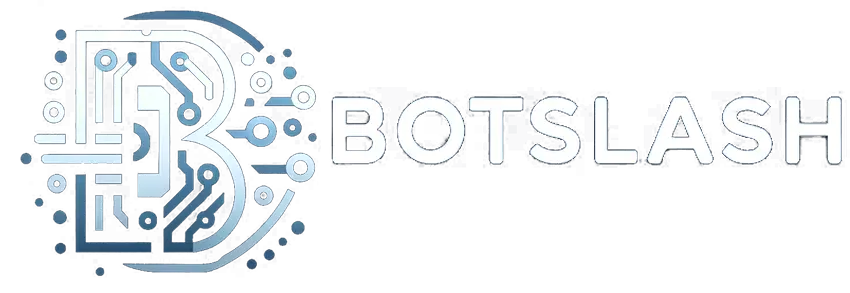Imagine you live in a bustling city where everything relies on a central authority. For every transaction, whether it’s buying groceries or signing a lease, you need a trusted intermediary like a bank or a lawyer. Now, imagine if you could cut out these middlemen and directly connect with others securely and transparently. Welcome to the world of Ethereum, a digital city where transactions are decentralized, and everyone has equal power.
What is Ethereum?
Ethereum is a type of cryptocurrency, similar to Bitcoin, but with much more to offer. Think of Bitcoin as digital gold—a valuable, yet limited resource. Ethereum, on the other hand, is more like a vast digital playground where you can build anything from simple transactions to complex applications.
At its core, Ethereum is a decentralized platform that runs smart contracts. These are self-executing contracts where the terms of the agreement are directly written into code. Imagine a vending machine: you put in money, select your item, and the machine automatically delivers it. No need for a cashier. Smart contracts work similarly, ensuring that transactions and agreements happen automatically when predefined conditions are met.
The Importance of Ethereum
Ethereum’s significance lies in its ability to decentralize not just money, but also entire applications. This decentralization means there is no single point of control or failure. Imagine if Facebook were decentralized; it wouldn’t be owned by a single company but rather run by its users, making it nearly impossible for anyone to shut it down or misuse data.
Ethereum’s technology has paved the way for numerous innovations:
- Decentralized Finance (DeFi): This allows people to lend, borrow, and trade without relying on traditional banks.
- Non-Fungible Tokens (NFTs): These are unique digital items that can represent art, music, or even virtual real estate.
- Decentralized Applications (DApps): These are apps that run on a network of computers rather than a single server, making them more resilient and transparent.
Proof of Work (PoW) and Proof of Stake (PoS)
To understand how Ethereum functions, we need to dive into two important concepts: Proof of Work (PoW) and Proof of Stake (PoS).
Proof of Work (PoW)
In the PoW system, transactions are verified and added to the blockchain by miners. Miners use powerful computers to solve complex mathematical puzzles, and the first one to solve the puzzle gets to add the transaction to the blockchain and is rewarded with some Ethereum. This process is energy-intensive and requires significant computational power, much like a giant puzzle-solving competition.
Proof of Stake (PoS)
Ethereum is transitioning from PoW to PoS to address the energy consumption issue. In the PoS system, validators are chosen to add new transactions based on the number of coins they hold and are willing to “stake” as collateral. This method is much more energy-efficient and is expected to make the network faster and more scalable.
The Ethereum Fork and Ethereum Classic (ETC)
Ethereum’s journey hasn’t been without bumps. In 2016, a major event called “The DAO Hack” occurred. A smart contract named The DAO, which was meant to act as a venture capital fund, was exploited, and a significant amount of Ether (Ethereum’s currency) was stolen.
To address this, the Ethereum community decided to perform a “hard fork.” A hard fork is like a software update that creates two separate versions of the blockchain. The new version, which reversed the hack and returned the stolen funds, continued as Ethereum (ETH). The original, unaltered version of the blockchain persisted as Ethereum Classic (ETC).
Conclusion
Ethereum represents a revolution in the way we think about transactions and trust. By decentralizing control and enabling smart contracts, it opens up endless possibilities for innovation in finance, art, gaming, and more. The shift from Proof of Work to Proof of Stake marks a significant step towards a more sustainable and scalable future for the network. And while the hard fork that created Ethereum Classic shows that the journey hasn’t been without its challenges, it also highlights the resilience and adaptability of this remarkable digital ecosystem.
In this digital city, the only limit is your imagination. So, whether you’re an artist looking to sell your work as NFTs, a developer wanting to build the next big DApp, or just someone curious about the future of technology, Ethereum is a space where you can explore and create like never before.



